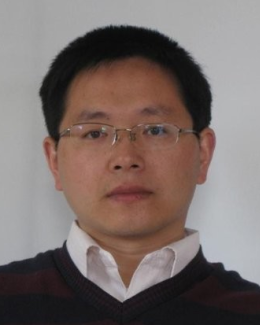Abstract
The reversible capacity of materials for energy storage, such as battery electrodes, is deeply connected with their microstructure and any major changes in the microstructure that occur during cycling can cause a dramatic loss in capacity. Here, we address the fundamental mechanism by which hard mesoporous carbons, which exhibit high capacities versus Li, achieve stable cycling during the initial “break-in” cycles. Using in-situ small angle neutron scattering we show that hard carbon anodes that exhibit reversible Li+ cycling typically expand in volume up to 5% during the first discharge cycle, with only relatively minor expansion and contraction in subsequent cycles after a suitable solid electrolyte interphase (SEI) has formed. Reversible carbon framework expansion is observed in the electrolyte lithium bis(trifluoro-methanesulfonyl)imide (LiTFSI)/1-ethyl-3-methyl-imidazolium bis(trifluoromethanesulf-onyl)imide (EMIM.TFSI) related to EMIM+ intercalation before a stable SEI is formed. However, intercalation by 1-methyl-1-propypyrrolidinium bis-(trifluoromethanesulfonyl)imide (MPPY.TFSI) and lithium result in irreversible framework expansion. Irreversible framework ex-pansion in conjunction with SEI formation is found to be essential for the stable cycling of hard carbon electrodes.






